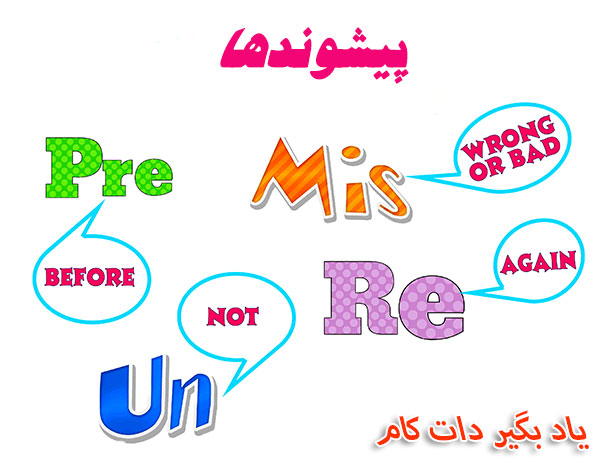آموزش شنیداری انگلیسی متن+صوتی -آداب ایمیل

دانلود فایل صوتی آموزش زبان — آداب ایمیل —
AA: I’m Avi Arditti with Rosanne Skirble, and this week on WORDMASTER: e-mail etiquette.
RS: Wendi Eldh [pron. ell’d] conducts business training programs. One of them focuses on helping clients communicate by e-mail, which is harder than you might think.
WENDI ELDH: “We know that e-mail tends to be misread about fifty percent of the time, the tone of the e-mail.”
RS: “How do you know that tone?”
WENDI ELDH: “Have you ever received an e-mail that said something like ‘Send me this tomorrow.’ And the person sending it was in a good mood, maybe a little busy, and just thought ‘You know, she’ll get it.’ And you receive it and think ‘Wait a minute, we are peers, why are you commanding me to do this?'”
AA: “If that sentence had started with ‘Please send me,’ would that have — ”
WENDI ELDH: “Absolutely.”
AA: ” — solved the problem?”
WENDI ELDH: “There are such minor, little things that one or two more taps on the keyboard soften the tone.”
RS: “So what do you think are the major problems?”
WENDI ELDH: ” People don’t use complete sentences. They don’t lead with their main idea. And the other thing that will happen is people will write narrative formats, they’ll write paragraphs in an e-mail, when in fact something like three bullet points or three numbers — one, two, three — would be a more effective way of conveying that I need three things from you or that I’m sharing three things with you.
“And I would say the last thing besides the tonal issues — not being polite, not using please — I think people misuse e-mail because they try to have long conversations over complex things in a written format. Why not pick up the phone, have a half an hour conversation and then recap it in a concise way that we both can agree to?”
RS: “It’s not only that. It’s pushing ‘send’ before you should.”
WENDI ELDH: “I would agree with that. So one of my biggest tips that I tell people: Don’t put the person that you’re sending the e-mail’s name, don’t put it in the ‘to’ line until you’ve read it, it looks good, it’s clear, there’s a point, you put on the attachment, it’s a nice solid piece of business writing. Then you put in the person’s name and then you send it.”
AA: “That’s a good way to avoid, yeah, sending a note to the wrong person or sending it before it’s completed. I know you say some other considerations are context and, well, brevity. We’ve talked a little bit about getting to the point, starting off with the most important elements. What about context, how does that play a role in an e-mail?”
WENDI ELDH: “Well, you know, when we send e-mails, one of the things that you can do is you can respond with the person’s original e-mail or not. And you should almost always respond with the original person’s message. The reason for that is, if I don’t do that and you say something like ‘Wendi, should we go here or should we go there? I say we go here’ and I write back and say ‘Yes, I agree,’ that is a message that has zero context.”
RS: “When you talk about etiquette and tone, one of the things that jumps to my mind is when I get an e-mail in all-caps. I feel as if someone’s yelling at me.”
AA: “Do people still do that?”
WENDI ELDH: “People still do it. It’s crazy. I actually received an e-mail recently from a lawyer’s office, from a real estate attorney’s office, and it was pink and in cursive script. Now nothing shouts ‘I’m not a very good attorney’ as pink cursive script in an e-mail.”
RS: “Our audience is speakers of English as a foreign language. Any tips for them, as they either write to us or write to people in English?”
WENDI ELDH: “I would say that no one is ever going to say to you ‘That e-mail was too friendly and too polite.’ But people will say the opposite. So what I would say is, if you’re going to err on one side, err on the side of being formal and polite.”
AA: “And what’s your preference on using ‘dear’ — the salutations and the openings and the closings, ‘dear’ and ‘sincerely,’ just as you would in a printed business letter, or not?”
WENDI ELDH: “I think as in anything else in life, when we tailor our communication to our intended audience, we’re going to be much more successful with that communication. So, for example, if I write to a person and I say ‘Dear Mr. Whomever’ or ‘Dear Dr. Whomever,’ and he writes back to me, or she writes back to me, in a very formal sort of way, that person has sent me a signal. If they write back and say ‘Hey, Wendi, thanks so much for the information,’ they’ve now sent me a signal. They want me to lower down the formality of my e-mail a little bit.”
























نظر شما چیست؟
پرسش های خود را در بخش پرسش و پاسخ مطرح کنید